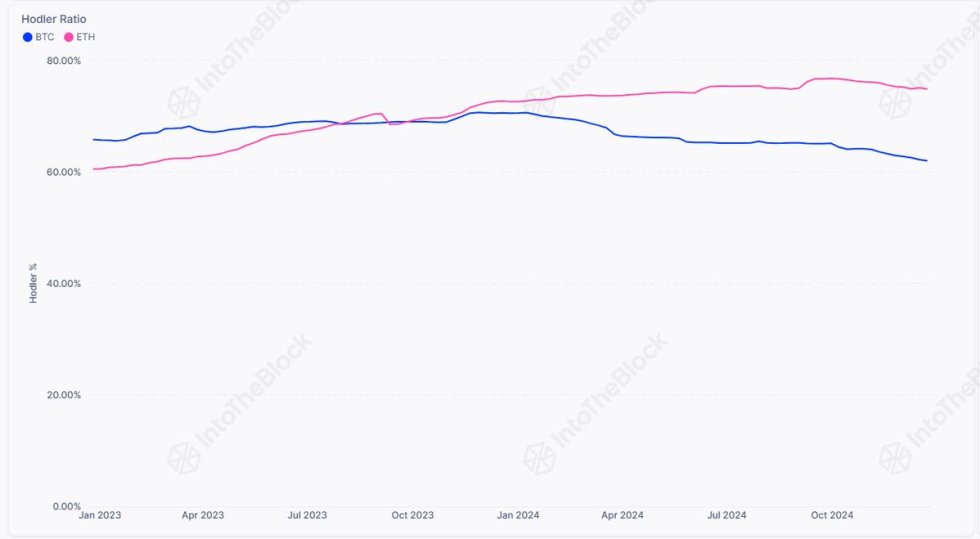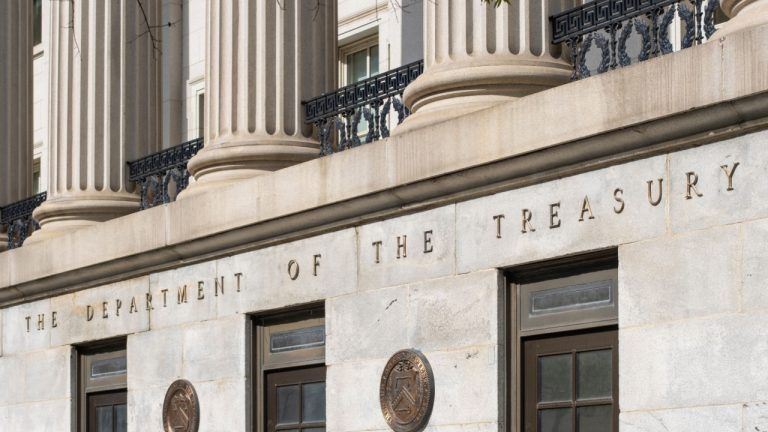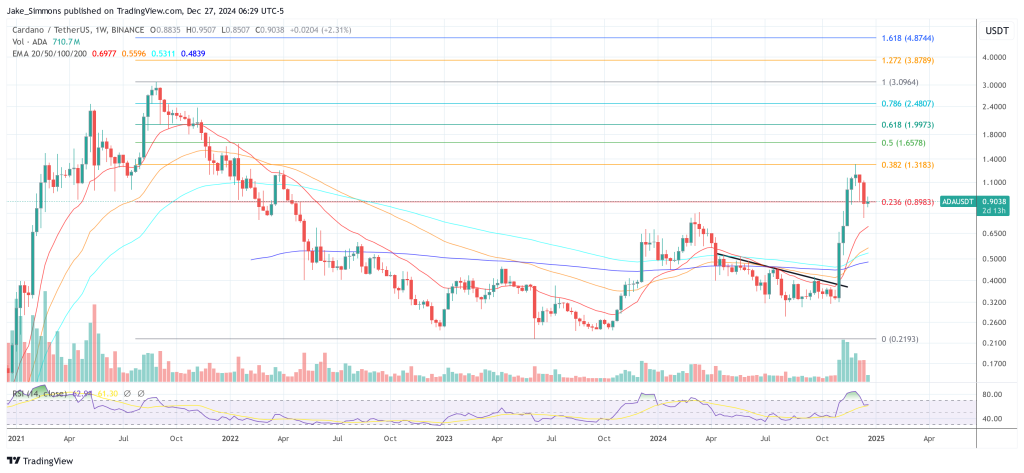
Top traders’ long-to-short ratio and stronger demand for stablecoins in Asia indicate higher odds of further price correction.
Bitcoin (BTC) broke below $16,800 on Dec. 16, reaching its lowest level in more than two weeks. More importantly, the movement was a complete turnaround from the momentary excitement that had led to it $18,370 peak on Dec. 14.
Curiously, Bitcoin dropped 3.8% in seven days, compared to the S&P 500 Index’s 3.5% decline in the same period. So from one side, Bitcoin bulls have some comfort in knowing that correlation played a key role. At the same time, however, it got $206 million of BTC futures contracts liquidated on Dec. 15.
Some troublesome economic data from the auto loan industry has made investors uncomfortable as the rate of defaults from the lowest-income consumers now exceeds 2019 levels. Concerns emerged after the average monthly payment for a new car reached $718, a 26% increase in three years.
Furthermore, the central banks of the United States, England, the European Union and Switzerland increased interest rates by 50 basis points to multi-year peaks — highlighting that borrowing costs would likely continue rising for longer than the market had hoped.
Uncertainty in cryptocurrency markets reemerged after two of the most prominent auditors suddenly dropped their services, leaving exchanges hanging. French auditing firm Mazars Group, which previously worked with exchanges including Binance, KuCoin and Crypto.com, has deleted a section devoted to crypto audits from its website.
Meanwhile, accounting firm Armanino has also reportedly ended its crypto auditing services. The auditor worked with several crypto trading platforms like OKX, Gate.io and the troubled FTX exchange. Curiously, Armanino was the first accounting firm to establish relationships in the crypto industry, back in 2014.
Let’s look at derivatives metrics to better understand how professional traders are positioned in the current market conditions.
The Asia-based stablecoin premium drops to 2-month low
The USD Coin (USDC) premium is a good gauge of China-based crypto retail trader demand. It measures the difference between China-based peer-to-peer trades and the United States dollar.
Excessive buying demand tends to pressure the indicator above fair value at 100%, and during bearish markets, the stablecoin’s market offer is flooded, causing a 4% or higher discount.

Currently, the USDC premium stands at 101.8%, up from 99% on Dec. 12, indicating higher demand for stablecoin buying from Asian investors. The data gained relevance after the brutal 9.7% correction in five days since the $18,370 peak on Dec. 14.
However, this indicator should not necessarily be viewed as bullish because the stablecoin could have been acquired to protect from downside risks in cryptocurrencies, meaning investors are becoming more bearish.
Leverage buyers slowly thrown in the towel
The long-to-short metric excludes externalities that might have solely impacted the stablecoin market. It also gathers data from exchange clients’ positions on the spot, perpetual and quarterly futures contracts, thus offering better information on how professional traders are positioned.
There are occasional methodological discrepancies between different exchanges, so readers should monitor changes instead of absolute figures.

As Bitcoin broke below the $16,800 support, professional traders decreased their leverage long positions according to the long-to-short indicator.
For instance, the ratio for Binance traders slightly declined from 1.11 on Dec. 14 to the current 1.04 level. Meanwhile, Huobi displayed a modest decrease in its long-to-short ratio, with the indicator moving from 1.01 to 0.05 in the same period.
Lastly, at the OKX exchange, the metric decreased from 1.00 on Dec. 14 to the current 0.98 ratio. So, on average, traders have decreased their leverage-long ratio over the last five days, indicating lesser confidence in the market.
A potential retest of $16,000 is likely in the making
The moderate 101.8% stablecoin premium in Asia, paired with the information of top traders’ long-to-short indicator decline, tells a story of buyers gradually ceding to pessimism.
Furthermore, the $206 million liquidation in long BTC futures contracts signals that buyers continue to use excessive leverage, setting up the perfect storm for another leg of correction.
For now, the Bitcoin price continues to be heavily dependent on traditional stock markets. Still, weak macroeconomic data and the uncertainty brought by crypto auditing firms point to higher odds of a $16,000 Bitcoin retest.
The views, thoughts and opinions expressed here are the authors’ alone and do not necessarily reflect or represent the views and opinions of Cointelegraph.

You can get bonuses upto $100 FREE BONUS when you:
💰 Install these recommended apps:
💲 SocialGood - 100% Crypto Back on Everyday Shopping
💲 xPortal - The DeFi For The Next Billion
💲 CryptoTab Browser - Lightweight, fast, and ready to mine!
💰 Register on these recommended exchanges:
🟡 Binance🟡 Bitfinex🟡 Bitmart🟡 Bittrex🟡 Bitget
🟡 CoinEx🟡 Crypto.com🟡 Gate.io🟡 Huobi🟡 Kucoin.




















Comments